Modern Gordion

The Modern period at Gordion begins in 1923 with the creation of the Republic of Turkey, following the Turkish War of Independence.
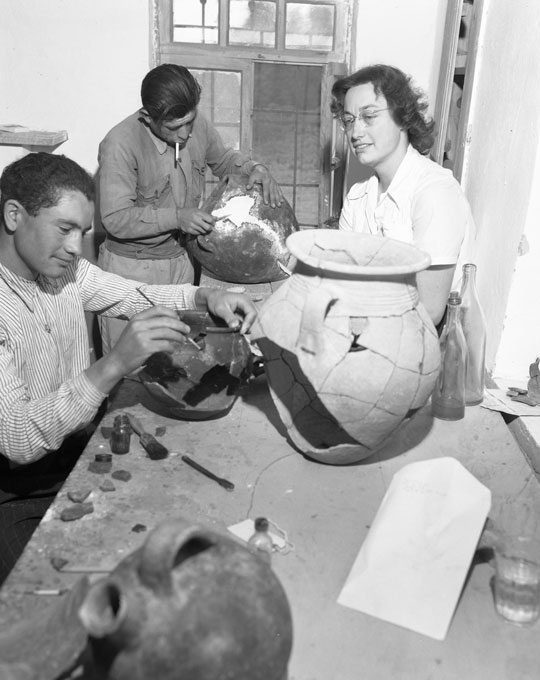
Situated about 100 km west of Ankara in the rolling steppe land of Anatolia’s central plateau, Gordion lies within the capital city’s own administrative province, and in the sub-district of Polatlı, the large and important town 18 km to the southeast of the site. Even though there is no longer a major settlement at Gordion—lying as it does off the main communications arteries—life and work continue around the site.
The village of Yassıhöyük is the nearest modern settlement, situated on the low ridge on the northeastern perimeter of the Iron Age city, directly adjacent to the Phrygian royal burial ground. The majority of the village’s families originate in the region around Bolu, the large town about 130 km to the north, having moved to Yassıhöyük as part of the extensive population reconfiguration that took place in the years after the Turkish War of Independence. The main occupations include crop farming and animal husbandry. Indeed, the agricultural strength of the Polatlı district is a crucial part of Turkey’s flour-producing industry, and the area is popularly known as the breadbasket of Turkey. Migrant workers come to the district in the summer, primarily from southeastern Turkey, to work in the fields and assist with the harvest.
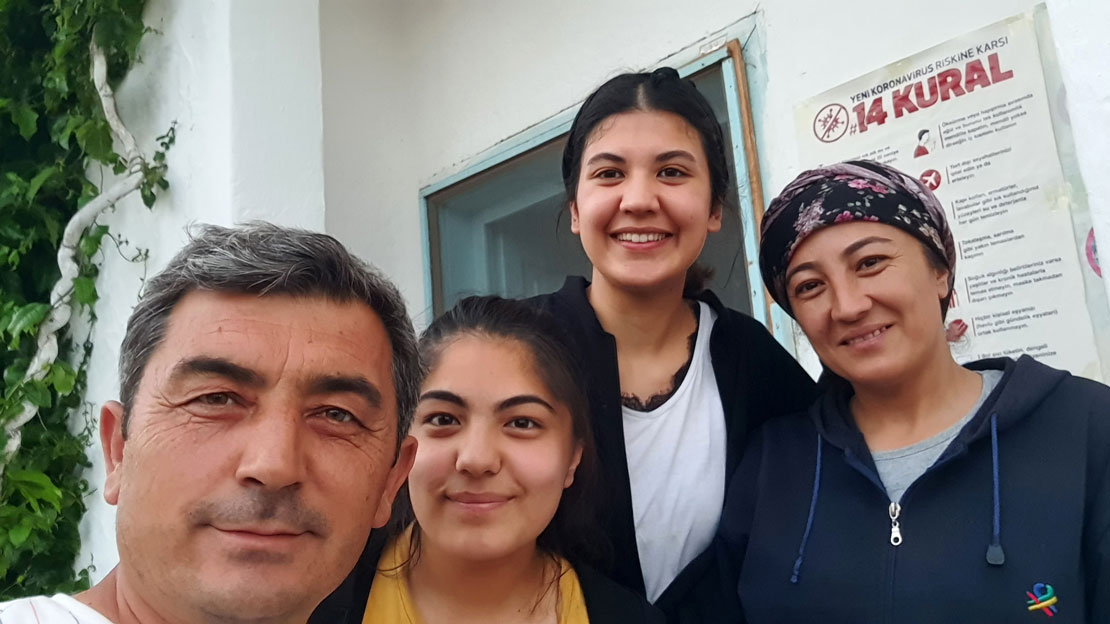
Over the past six decades, the people of Yassıhöyük and the surrounding area have played a key role in the archaeology, maintenance, and security of Gordion. During the numerous seasons of fieldwork, it is they who have done most of the actual site-preparation work and digging—many becoming skilled excavators in the process. The on-site architectural conservation would not have been possible without their diligence and practical experience. During the busy summer periods when fieldwork occurs at Yassıhöyük, the members of the Gordion Museum staff facilitate research on the artifacts and the tombs in addition to their other year-round duties. At the same time, the members of the Gordion Excavation House’s management-team ensure that everything runs smoothly with regard to accommodation, meals, laundry, washing facilities, and many other matters. Their hard work means that Gordion researchers have been always been free to go about their own tasks with minimal logistical concerns.
The Turkish Armed Forces gendarmerie (Jandarma) stationed in the village ensure the security of Gordion’s archaeological remains while carrying out their varied and widespread constabulary work in the district at large.
The hard work, skill, and unique Turkish-style hospitality of these people have always meant that working at or visiting Gordion is an interesting and rewarding experience—on many levels. And because of this small village’s longstanding involvement with an archaeological project and tourism, it has been presented with challenges and experiences not to be found in similar farming settlements elsewhere in the district.
Visiting Gordion
Many tourists, Turkish and foreign, visit Gordion every year. The site takes on a very different persona depending on the season: hot, dry, and bare in summer; cold and wet in winter, with snow and mud. Spring and autumn are particularly beautiful, with fine weather and clear blue skies. Most visitors come in the summer: because of the lack of shade, a hat and drinking water are essential. If one intends to walk across the site, stout shoes or boots should be worn.
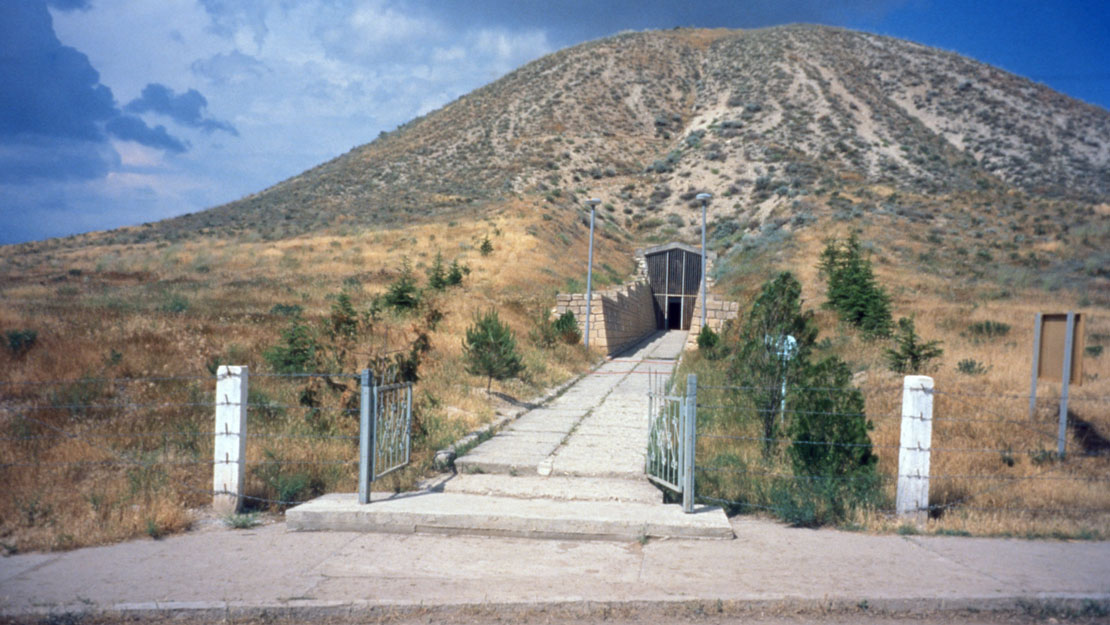
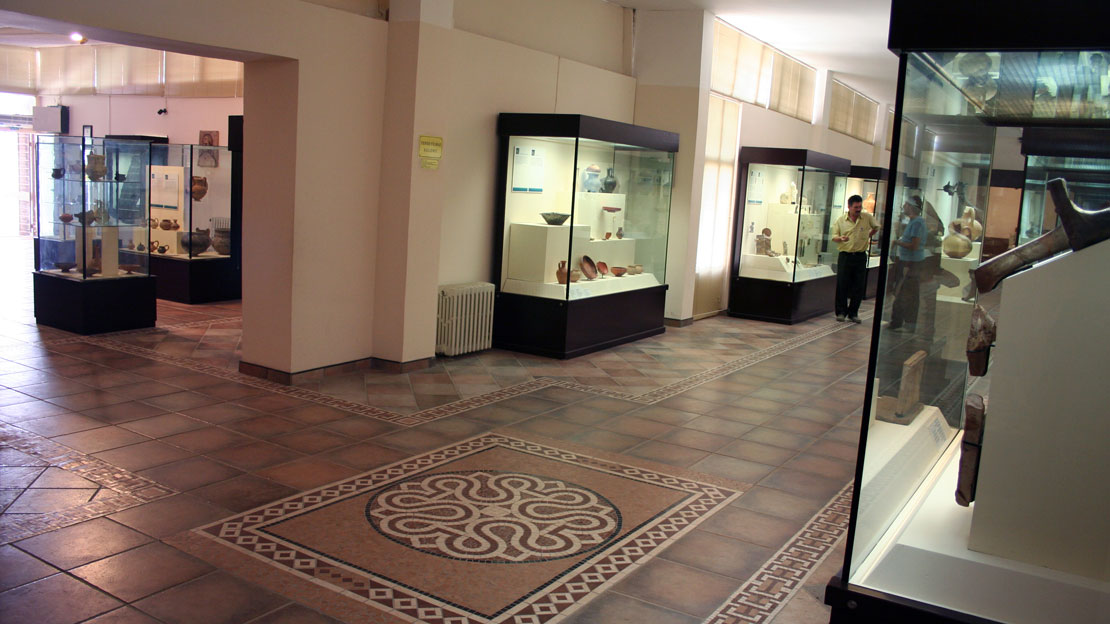
Gordion is accessible via road or rail to Polatlı (just over an hour’s bus ride from Ankara), and thereafter 18 km by country road to Yassıhöyük village. Note that there is no regular bus service between Polatlı and Yassıhöyük, so private transport or a taxi from Polatlı is needed.
The main highlights of a visit are the Gordion Museum (Gordion Müzesi), the enormous Phrygian burial-mound Tumulus MM (visible from a great distance away), and the Citadel Mound. The museum and Tumulus MM face each other across the main road, at the east end of the village. Parking is available near the museum in the large lot behind the adjacent “Gordion Café.” The Citadel Mound lies on the plain, on the other side of the village: drive or walk along the main road to the west end of Yassıhöyük and out onto the valley floor; near the Citadel Mound (opposite the modern petrol station), take the track leading to the base of the mound. One can park at the foot of the mound in two locations: the north end, which is closest to the main road but involves a steep walk to the summit, or the southern end, where there is a gentle ramped approach (leading up to the citadel gate building), followed by a flight of rough steps.
A short visit of about an hour allows one to see the museum and explore Tumulus MM. Alternatively, one can investigate the Citadel Mound. A longer visit of up to three hours would allow visits to all of these locations. To walk between the museum and the Citadel Mound will take approximately 20 minutes.


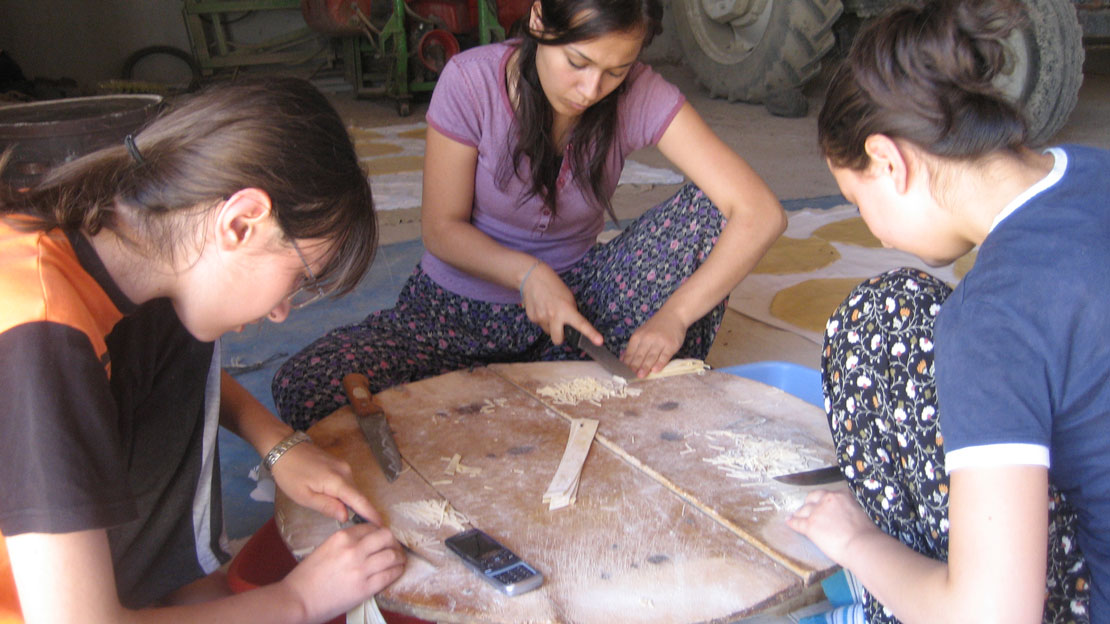
The Gordion Museum displays a fine selection of the thousands of well preserved archaeological finds from the excavations, and offers a broad interpretation of the site’s history. There are also displays around the museum, including mosaics, the stone chamber of a Hellenistic burial-mound (Tumulus O), and specimens of vegetation illustrating Gordion’s ancient environment. Crossing the road to Tumulus MM, a modern tunnel—expertly cut by coal-miners from the Turkish Black Sea town of Zonguldak—gives the visitor access into the burial-mound, where there are display panels and an opportunity to view the remarkably preserved wooden burial chamber with its surrounding casement of juniper logs. Walking down the long tunnel offers a refreshingly cool contrast to the summer’s heat and impresses on the mind just how enormous the burial mound actually is. From the low ridge, on which stand the village and the museum, one can take in a westward-looking panorama of the settlement site on the river plain below: the centrally located Citadel Mound and, on either side of it, the smaller mounds called Küçük Höyük and Kuş Tepe—respectively marking the southern and northern ends of the Lower Town. One can also see the many tumuli on the higher ground around the settlement-site.
On top of the Citadel Mound, the visitor can walk around the main excavation area and look down onto the buildings preserved from the Early Phrygian Destruction Level, dating to around 800 BCE. Display panels illustrate the main points of interest. Especially prominent are the spectacular citadel gate building, the best preserved from Iron Age Anatolia, and the enormous Terrace Building with its eight conjoined megaron-building units. From the mound there are good views of the river plain and the Lower Town area (with the mounds of Küçük Höyük and Kuş Tepe), and across to the surrounding higher ground on which stand the dozens of burial mounds, dominating the landscape as they were always meant to.
Other places of interest
The modern town of Polatlı is worth exploring, with its friendly inhabitants and bustling markets; there is also an agricultural museum displaying traditional farming equipment. On a hilltop on the outskirts of the town rises the imposing and imaginatively designed monument (Sakarya Şehitleri Anıtı) commemorating the Battle of the Sakarya and the Turkish soldiers who gave their lives there in 1921 (many are buried in the town). Displays include military equipment, battle maps, and photographs. Closer to Gordion, another place of interest commemorating the same battle is the monument (Dua Tepe Şehitlik Anıtı) on the prominent heights called Dua Tepe; the hill was used as a Turkish command post during the conflict.
A stay in Ankara is definitely recommended. High up on the great rock, occupied by the medieval citadel (Kale), is the Museum of Anatolian Civilizations (Anadolu Medeniyetleri Müzesi). Here the visitor can enjoy displays of remarkable archaeological material from throughout Anatolia, including evidence from Phrygia. Many key Gordion artifacts are housed in the museum, including the important finds of furniture and metalwork from Tumulus MM. On an another hill overlooking Ankara stands the Mausouleum (Anıt Kabir) of Mustafa Kemal Atatürk, the father of modern Turkey. On the same hill were some of the two-dozen Phrygian tumuli that marked Ankara as an important center in the first millennium BCE.
If there is time, the visitor should also consider visiting other sites within the territory of ancient Phrygia, including Midas City in the beautiful “Phrygian Highlands” of the Eskişehir region (to the west of Gordion), Kerkenes Dağ near Yozgat (to the east of Ankara), and Gâvur Kalesi in the upland region of Haymana (south of Ankara). The Hittite capital at Boğazköy/Boğazkale, between Yozgat and Çorum, also demands a visit.

